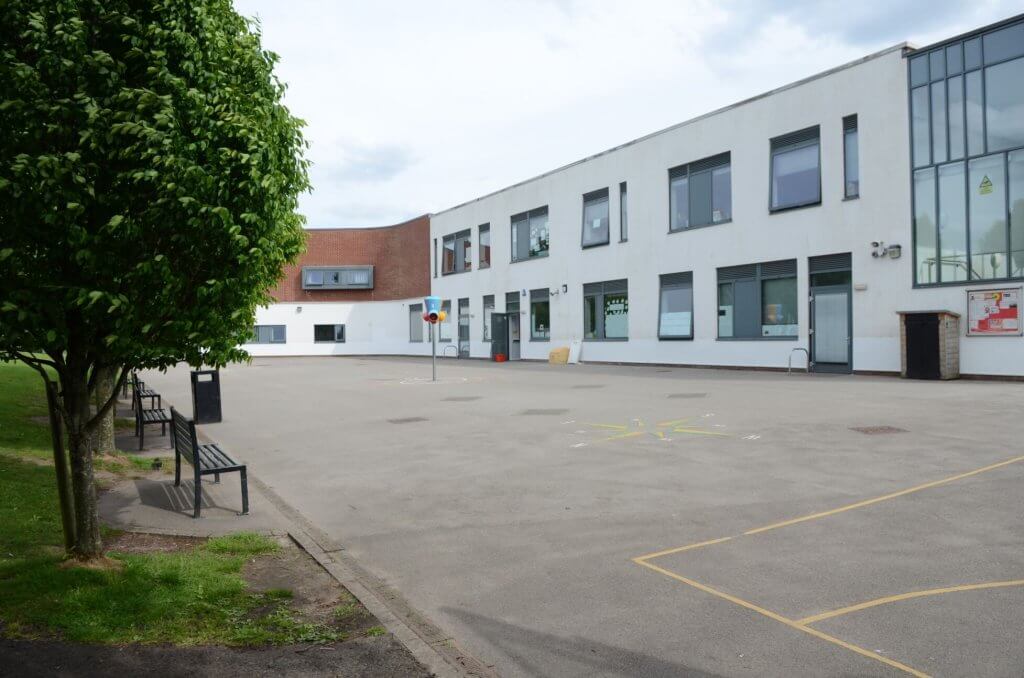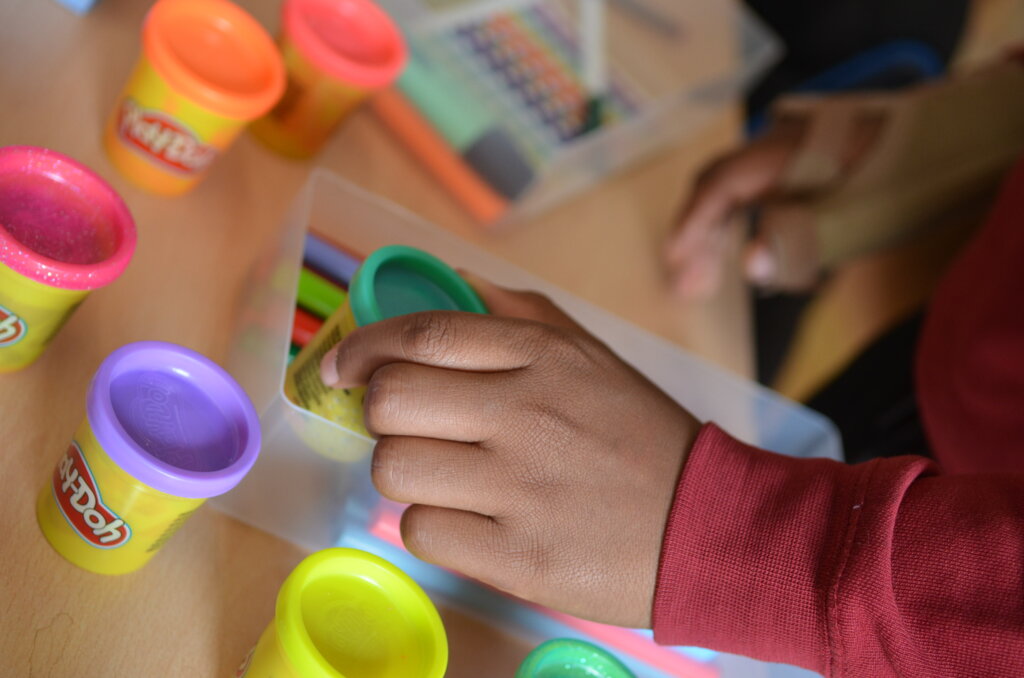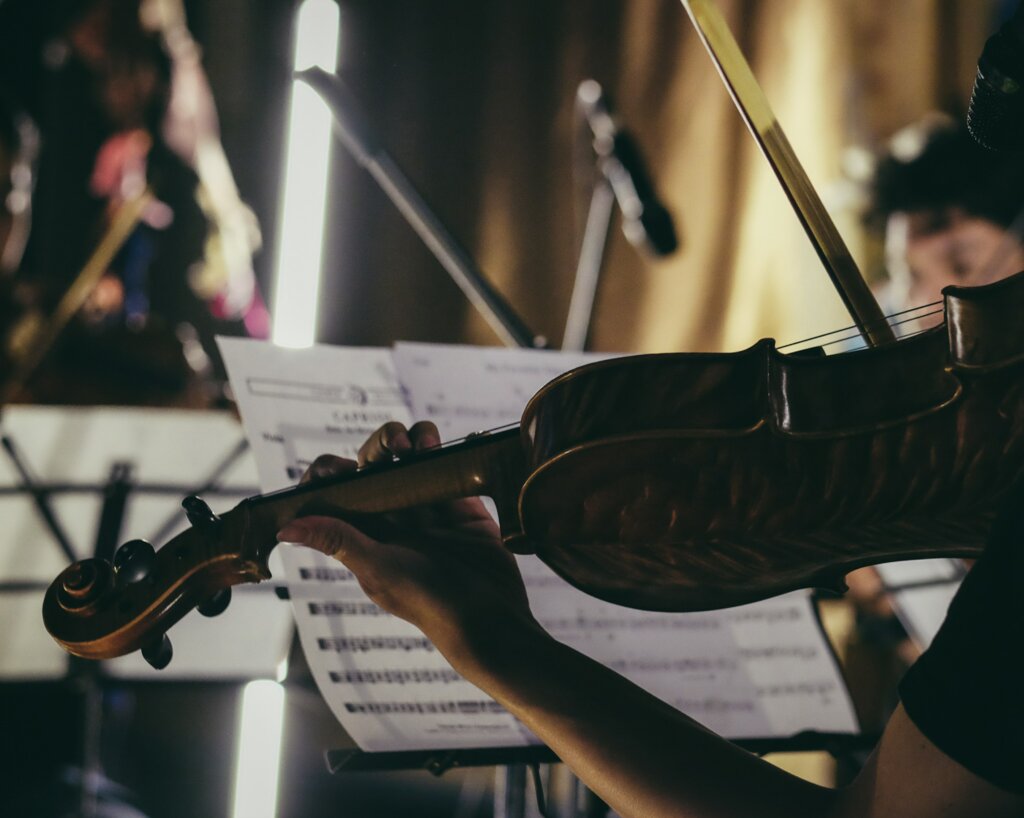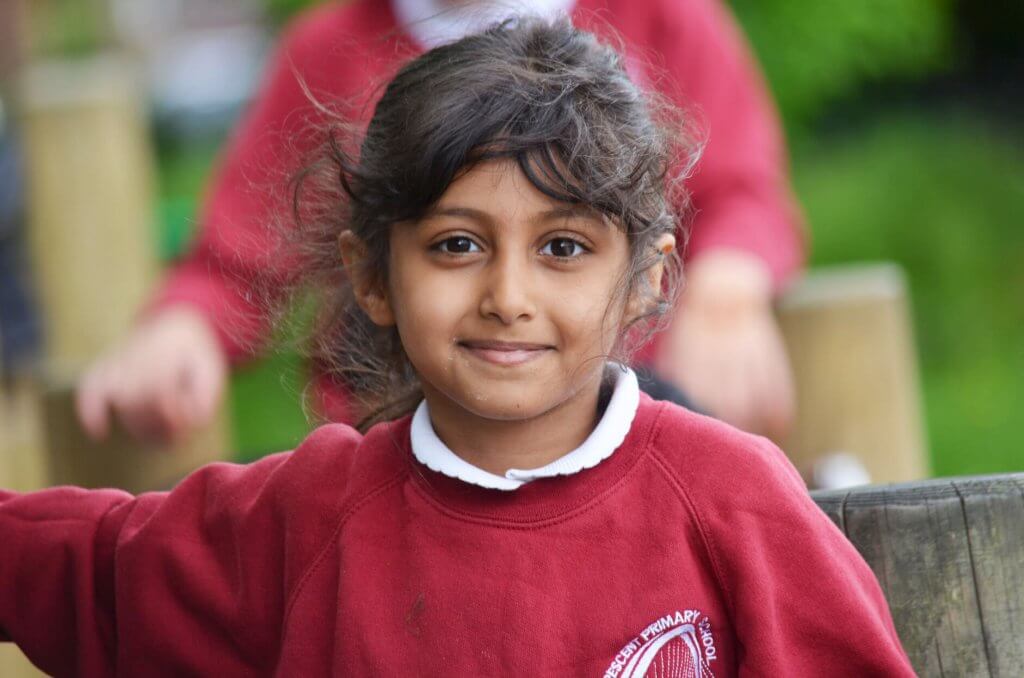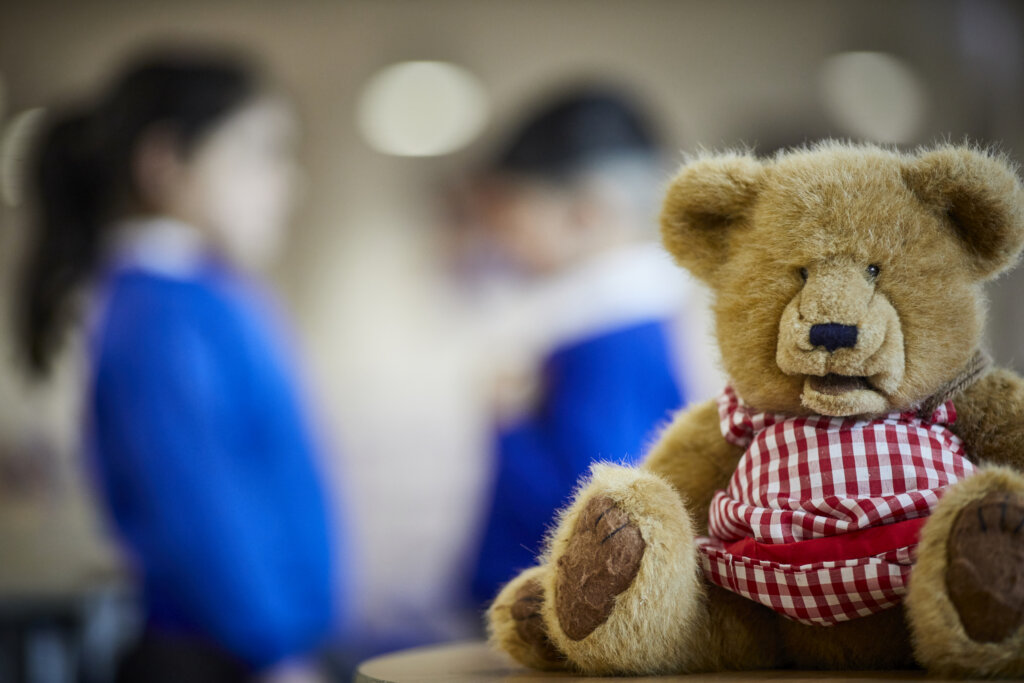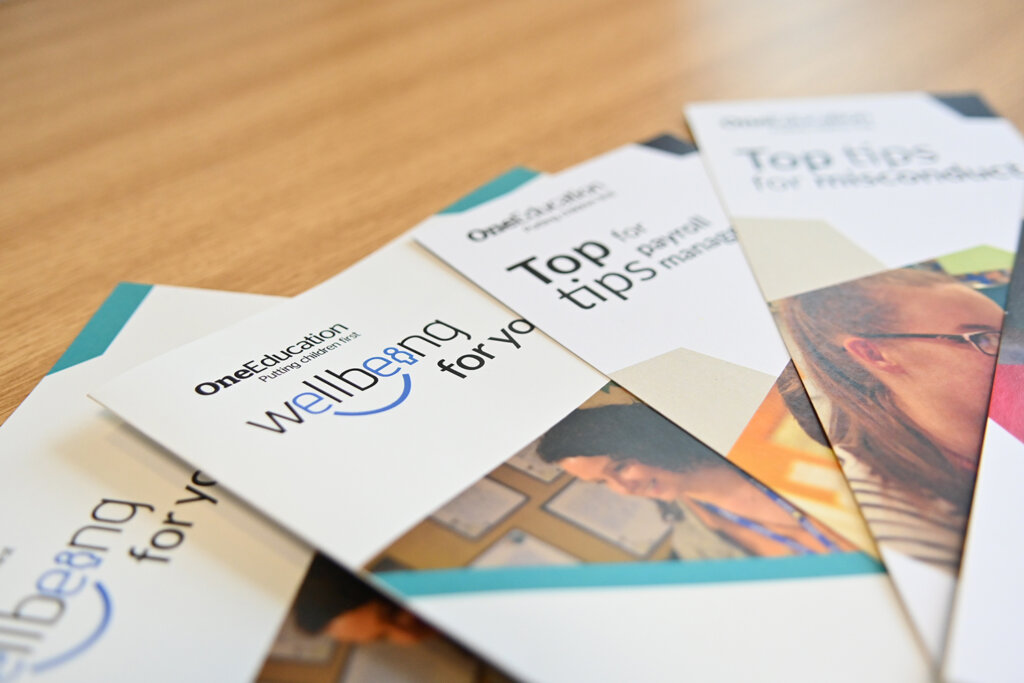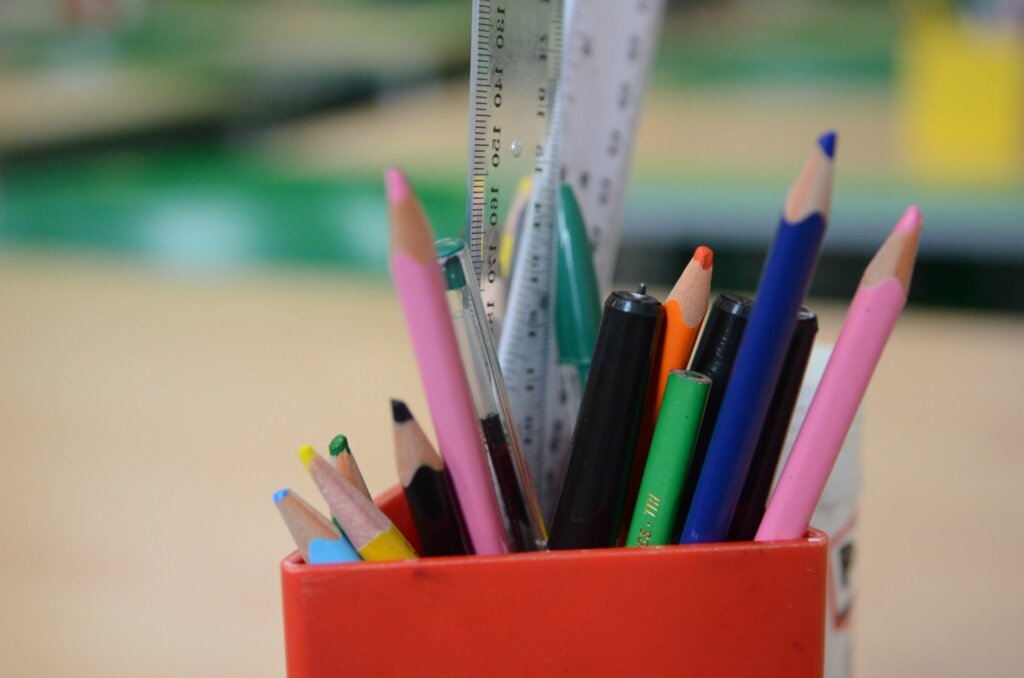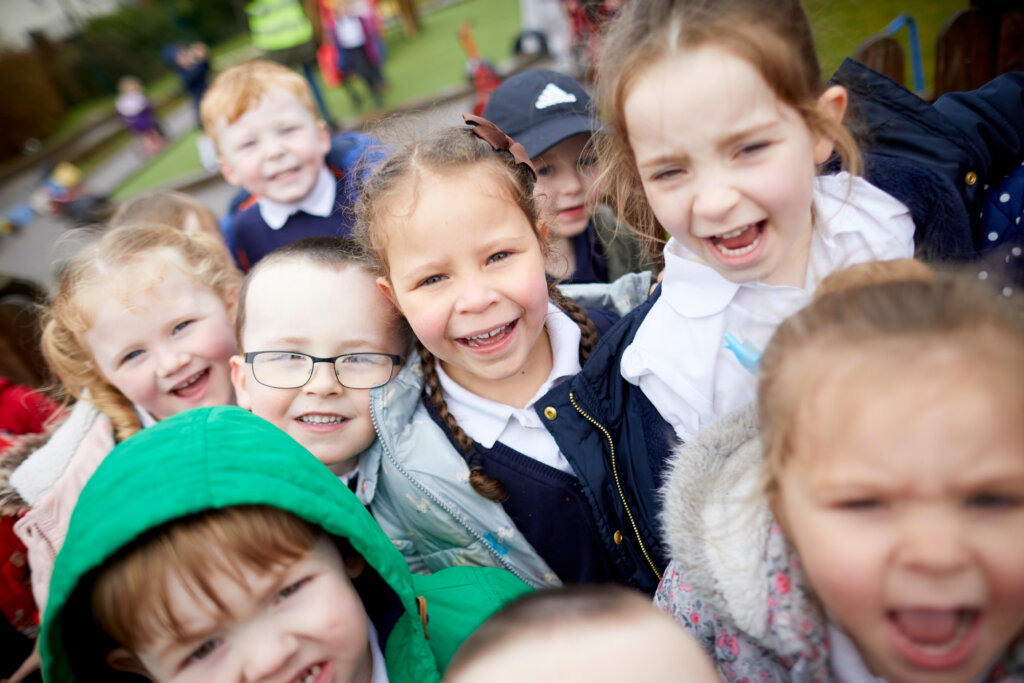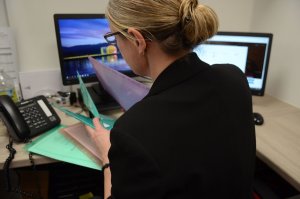James Traynor, our Pupil Attendance and Safeguarding Adviser, has qualifications and experiences in a wide range of relevant fields. Following his counselling degree he worked with vulnerable children within specialist and mainstream provisions. He is a trained counsellor with ChildLine and has broad experiences dealing with attendance along with NSPCC training in professional supervision and as a DSL. Safeguarding is his speciality and a priority when delivering training, professional safeguarding supervision and supporting school staff, families and pupils.
The Alliance for Inclusive Education (2019) defines inclusion as: “_An education that includes everyone, with non-disabled and disabled people (including those with “special educational needs”) learning together in mainstream schools, colleges and universities_’’ (1).
This definition I believe covers and describes what we all know as inclusion to be within the classroom, but I want to start looking beyond lesson content, differentiation and classroom practices. I want to focus on how we, as practitioners ensure that every pupil feels socially included within our school communities.
Every day the world we live in becomes more and more diverse. We no longer live in a world or society where our heritage comes from where we were born, or where families or communities all belong to one culture, religion or belief. There is no better place that demonstrates this in all of its glory, than within a school.
With this rich tapestry of cultures coming through our doors every single day it really made me think about what, in an educational context we mean by the word inclusion.
Lived experience
In the world of retail, countless hours go into the planning and development of their shop fronts and shop floors with a focus on the costumer experience. Now I’m not saying go and hire a design team, what I am saying is put yourself in the shoes of your services users – the pupils. When they walk into their school, their classroom, canteen and halls, what is it you want them to feel and think?
Ensure that your school is ready to and can answer and/or meet the needs of potential questions/issues such as:
- How does a child who is questioning their faith feel when they see a display on different cultures and religions? Do they have someone in school to explore this with?
- Does the child who is unsure of their gender identity or sexuality know who to turn to when they want to talk and explore this?
- How does the child who presents with challenging behaviour due to their home life know that they will have someone on their side?
Celebration Days
With schools being as busy as they are, it can be very easy to fall into the habit of repeating the same celebration days again and again as the years pass. We sing the same songs and we watch the same plays. Now tradition is a wonderful thing, however we need to ensure that schools are exploring and celebrating different cultural and religious beliefs.
Asking yourself questions such as:
- What do we currently celebrate in school?
- Why do we celebrate this?
- How does it link these celebrations with our school ethos and values?
- What are the key messages?
- Is this relevant to our pupils and our community?
- Does it have impact?
By asking yourself these questions, you will be able to see where there is a “gap” and therefore potential to explore other celebrative options in order to include all of your pupils and their families.
Ethos Values and Culture
Finally, looking beyond practices and policies we go back to the beginning, the grass roots. Look at your school’s practice and ask yourself; what are the seeds we are sewing in this community? What do our pupils need to reach their full potential within every level, not just academically?
Look at your cohort: Do you have a mixed co-hort of religions, cultures and lifestyle that diversity and tolerance is already at the forefront of your agenda? Or is your community almost all a single and similar cohort, therefore your school might be leaning more towards teaching your pupils open-mindedness, acceptance and learning about the wider community?
The point I’m making here is, is your school ethos inclusive in every sense of the word? Do your values read as: everyone in this school and beyond will be treated with respect, kindness and understanding?
And more importantly, does your ethos form part of everything you do for your pupils and how does it translate in everyday practice?
I have raised quite a lot of questions here, lots of food for thought so I will leave you with 3 points to really think about:
- What are your pupils lived experience from the second they enter to the second they leave?
- When faced with a milestone thought which could shape their being, do they have a place to turn to?
- Do our ethos and values reflect the young people we are helping to thrive in our community?
“We need to give each other the space to grow, to be ourselves, to exercise our diversity. We need to give each other space so that we may both give and receive such beautiful things as ideas, openness, dignity, joy, healing, and inclusion” – Max de Pree.
